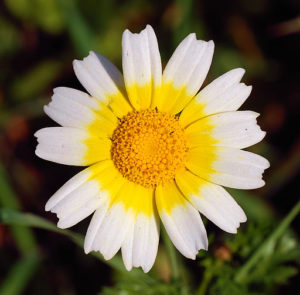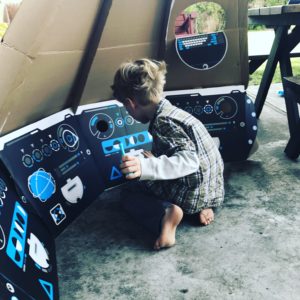
Science,Technology, Engineering, Art, and Mathematics also known as STEAM has sparked a new way to energize STEM subject. Here are 5 easy STEAM Project ideas kids will love to get you started on this new teaching adventure.
Create a Playground
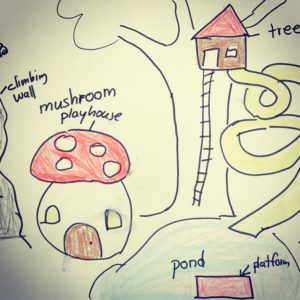
Who hasn’t dreamed of having their very own playground? This STEAM project idea makes every kid’s dream come true. Create your own blueprints and then build a model from materials you have at hand. Can it get any more fun than this?
Build Bridges
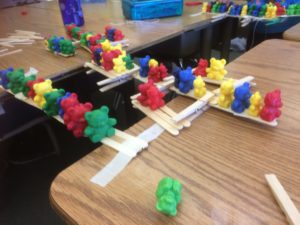
Help! The counting bears are trapped on desk islands. Can your class come to the rescue and build bridges from popsicle sticks, string, and tape? Your class will love planning the bridges, building them, and then writing about the bears’ adventures. The STEAM bridge making challenge is a blast.
Plant a Butterfly Garden
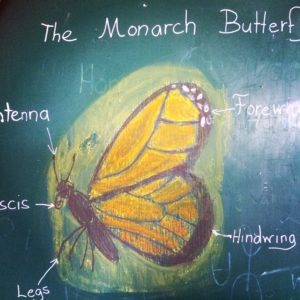
Monarch butterflies can smell milkweed from miles away. If you plant it they will come! It only takes a few plants and some flowers and you can have your very own monarch butterfly habitat. Your class will love observing the monarch butterfly metamorphosis. Even better, the garden will attract monarchs for years to come.
Build Boats
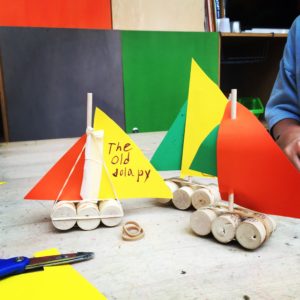
A boat building STEAM challenge is a great way to justify some water play on a hot day. We use several plastic tubs and use leftover materials to build flotation devices. You can make it a competition by inviting the kids to see how many counting bears or other materials the devices can carry before sinking.
Build a Fort
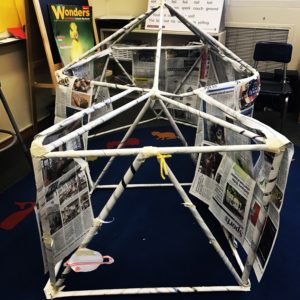
Who doesn’t have amazing memories building forts as a kid? Even better than building a fort is building one with your friends. This project lends itself to the end of the year when plenty of boxes and building materials are available and many regular classroom items have been stored already. Some teachers even ask students to bring blankets, pillows, and flashlights. We have used boxes, chairs, blankets, tables, and butcher paper. Whatever your materials are, this activity is a sure crowd pleaser and who doesn’t want to be the coolest teacher ever?
We would love to hear your STEAM project ideas! What easy STEAM projects do your students love?



